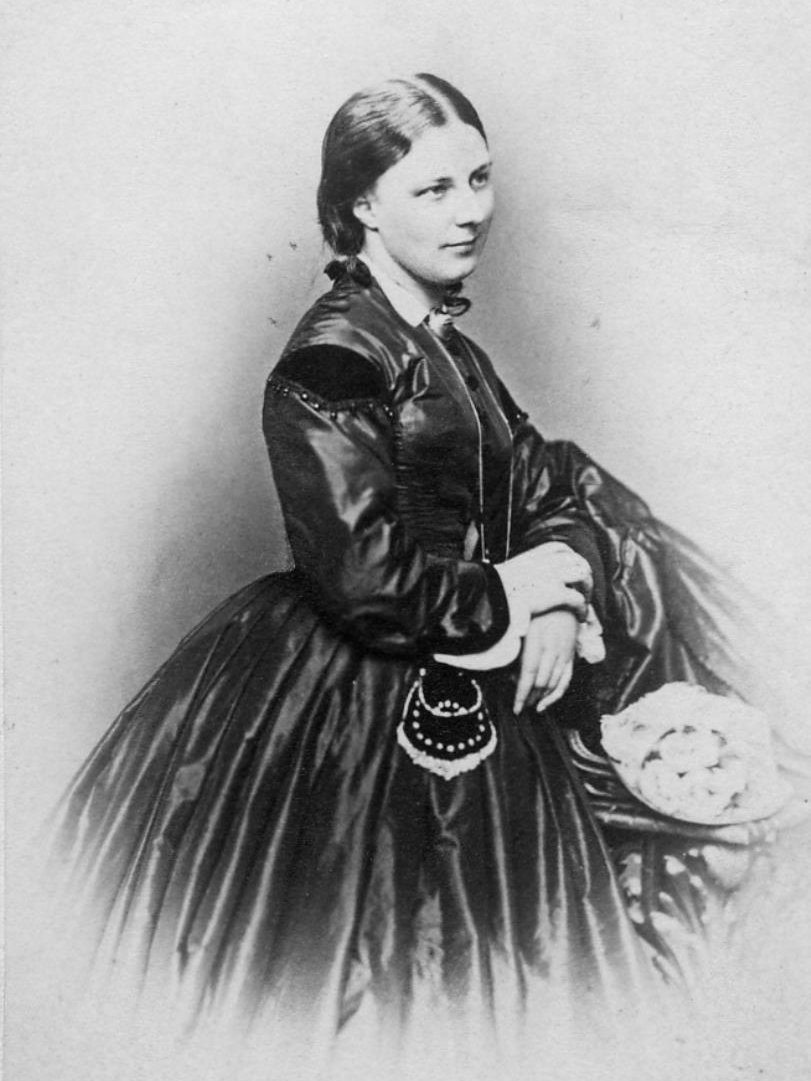- Portrait
- History

Richard Wagner, who was wanted for his revolutionary activities in Dresden, met the married Mathilde Wesendonck while in exile in Switzerland, where her husband supported the fugitive financially. She became his beloved and muse, who inspired him to write his opera Tristan und Isolde.
On 28 May 1849, Richard Wagner crossed Lake Constance and, with a forged passport, reached the safety of the Swiss shore. He was on the run from the judicial authorities in Saxony, who accused him of having taken part in the May Uprising in Dresden. By going into exile, Wagner was able to avoid a prison sentence or the death penalty, but financially he was in dire straits. To supplement his meagre royalties, he had to work as a conductor.
At one of his Zurich concerts in early 1852, the audience included the married couple Mathilde and Otto Wesendonck, who afterwards introduced themselves to the “master”. He immediately found his new admirers interesting. The fact that Otto Wesendonck was a successful silk merchant – and had a considerable fortune – spoke in his favour. But Mathilde, who was only 23 years old at the time, appealed to Wagner (who was 15 years older) in every respect: she was attractive, well-educated, and sophisticated. And she not only adored his art, but also admired him as a man, or at least as a figure.
Minna, Wagner’s wife since 1836, was at a disadvantage. As a result, Mathilde Wesendonck rose to become Wagner’s muse. He composed a piano sonata for her as early as May 1853, and when he started on the first act of his Walküre in 1854, he must have been thinking of her and himself in the love scene between Sieglinde and Siegmund.
In the margin of the sheet music, he scribbled “GSM”: “Gesegnet sei Mathilde” (Blessed be Mathilde). But Otto Wesendonck also made himself useful. He supported Wagner generously, making it possible for the composer to furnish his Zurich flat with the most beautiful furniture and carpets, silk curtains and crystal chandeliers. Wagner racked up debts of 10,000 francs, which his patron had to cover. “It is clear,” Wesendonck determined, “that Wagner himself must not be handed any money”.
However, the consequence he drew from this realisation was fatal. He offered the Wagners a house on the neighbouring property of the Wesendonck villa. Wagner, who felt greatly disturbed in his Zurich city flat by no less than five pianists, a flautist and a tinsmith in the same building, was delighted to accept and moved into his new domicile, which he called “Asyl” (haven), on 28 April 1857.
He made use of the close proximity to Mathilde to visit her almost daily. In the afternoons, when Otto had business to attend to, he would seek her out, read to her from his poetry or present his works on the piano.
A year later, the situation escalated. On 7 April 1858, Minna, who had become suspicious, intercepted one of the Wesendonks’ servants who Wagner was using as a kind of “Postillon d’Amour” for confidential messages. She took delivery of this most recent letter, and read what her husband had to say to Mathilde: “Today I am coming to the garden; as soon as I see you, I hope to find you undisturbed for a moment! – Take my whole soul as your morning greeting!”
Minna confronted Richard, who reacted coolly and dismissively. She then spoke to Mathilde, who saw her relationship with Wagner, which was now beyond all doubt, dragged through the mud and turned to her husband, Otto. The result was that the Wesendoncks set off on a trip to Italy lasting several weeks and Wagner had to leave the “Asyl”. On 17 August 1858, he set off for Venice – without Minna, who he had now permanently separated from.